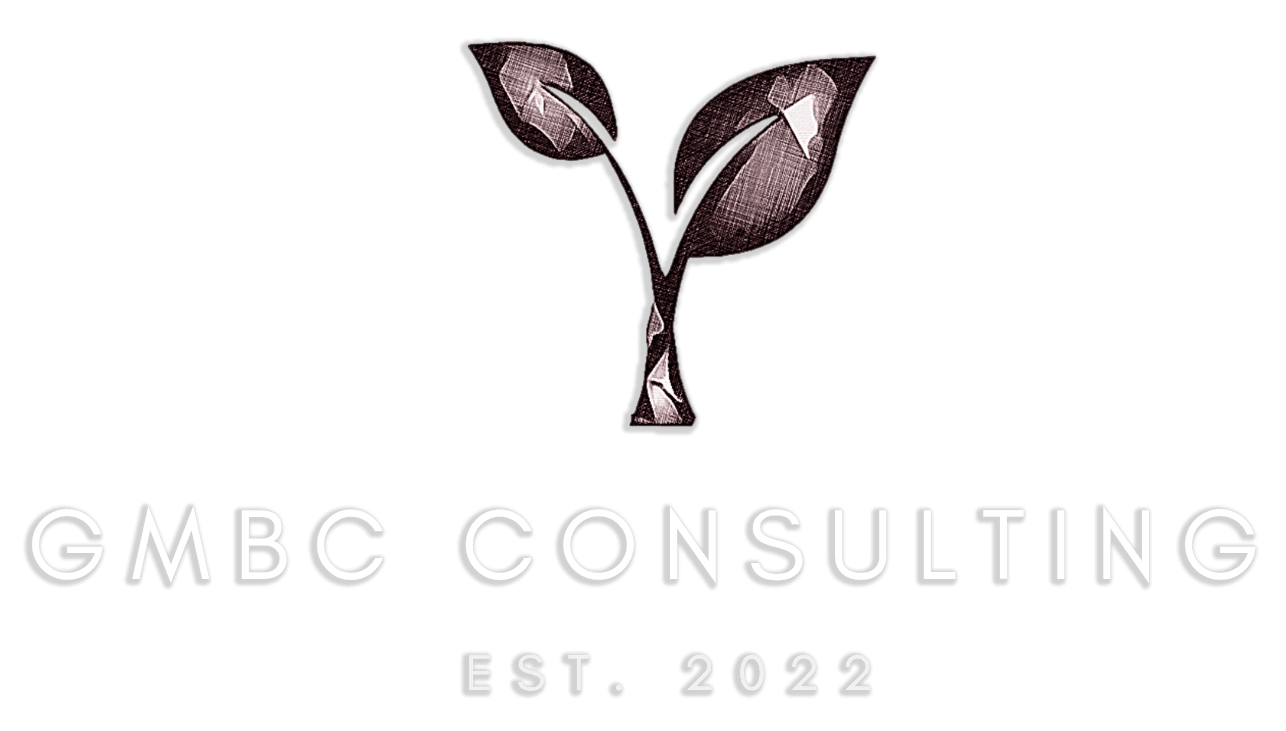In the dynamic world of entrepreneurship, securing adequate funding is often a critical step towards success. Small business loans have emerged as a cornerstone of financial support, empowering businesses to launch, expand, and weather unforeseen challenges. However, the realm of small business loans is not without its intricacies, and understanding the distinctions between secured and unsecured loans is paramount for entrepreneurs seeking the most suitable financing solution.
Secured Small Business Loans: A Symbiosis of Protection and Opportunity
Secured loans, as the name suggests, are anchored by collateral, an asset pledged by the borrower as security for the loan. This collateral serves as a safety net for the lender, mitigating the risk associated with potential loan defaults. Common forms of collateral include real estate, equipment, inventory, and accounts receivable.
Advantages of Secured Loans:
- Enhanced Loan Amounts: Lenders are often inclined to provide larger loan amounts with lower interest rates for secured loans, as the collateral acts as a buffer against potential losses.
- Reduced Interest Rates: The presence of collateral generally translates into lower interest rates compared to unsecured loans, potentially lowering the overall cost of borrowing.
- Improved Access for Borrowers with Subpar Credit: Entrepreneurs with less-than-ideal credit histories may find it easier to secure a loan if they are willing to offer valuable collateral.
Disadvantages of Secured Loans:
- Collateral Loss Risk: If the borrower defaults on the loan, the lender has the authority to seize the collateral, potentially resulting in the loss of valuable assets.
- Lengthy Approval Process: Secured loans often involve a more extended approval process due to the need for lenders to assess the value and condition of the collateral.
- Limited Eligibility for Certain Businesses: Not all businesses possess sufficient assets to qualify for a secured loan, potentially restricting their access to this financing option.
Unsecured Small Business Loans: Flexibility and Risk Assessment
Unsecured loans stand in contrast to their secured counterparts, eliminating the requirement for collateral and relying solely on the borrower’s creditworthiness and the strength of their business. This approach, while riskier for lenders, offers flexibility and accessibility to businesses with limited tangible assets.
Advantages of Unsecured Loans:
- Collateral-Free Financing: Borrowers do not face the risk of asset loss in the event of a loan default, as there is no collateral involved.
- Expedited Approval Process: Unsecured loans typically involve a quicker approval process due to the absence of collateral valuation.
- Accessibility for Asset-Limited Businesses: Businesses without significant assets can still pursue unsecured loans based on their creditworthiness and financial stability.
Disadvantages of Unsecured Loans:
- Elevated Interest Rates: To compensate for the increased risk, lenders typically charge higher interest rates on unsecured loans, potentially making them more expensive for borrowers.
- Stringent Eligibility Criteria: Borrowers generally require a strong credit history and a well-established business to qualify for unsecured loans.
- Lower Loan Amounts: Unsecured loans often come with lower maximum loan amounts compared to secured loans, potentially limiting the financing available to businesses.
Tailored Financing for Sustainable Growth
The decision between secured and unsecured small business loans hinges on the specific needs, financial situation, and risk tolerance of the business owner. While secured loans offer larger loan amounts and lower interest rates, they come with the potential for asset loss. Unsecured loans provide a faster, collateral-free financing solution but may have higher interest rates and stricter eligibility requirements. Entrepreneurs should carefully evaluate their circumstances and financial goals to determine the most suitable type of loan for their small business.
Regardless of the chosen financing path, it is crucial to approach the process with a structured plan, conducting thorough research, understanding the terms and conditions of the loan, and seeking expert guidance when necessary. By navigating the financing landscape with prudence and foresight, small business owners can secure the necessary capital to fuel their entrepreneurial endeavors and pave the way for sustainable growth.


